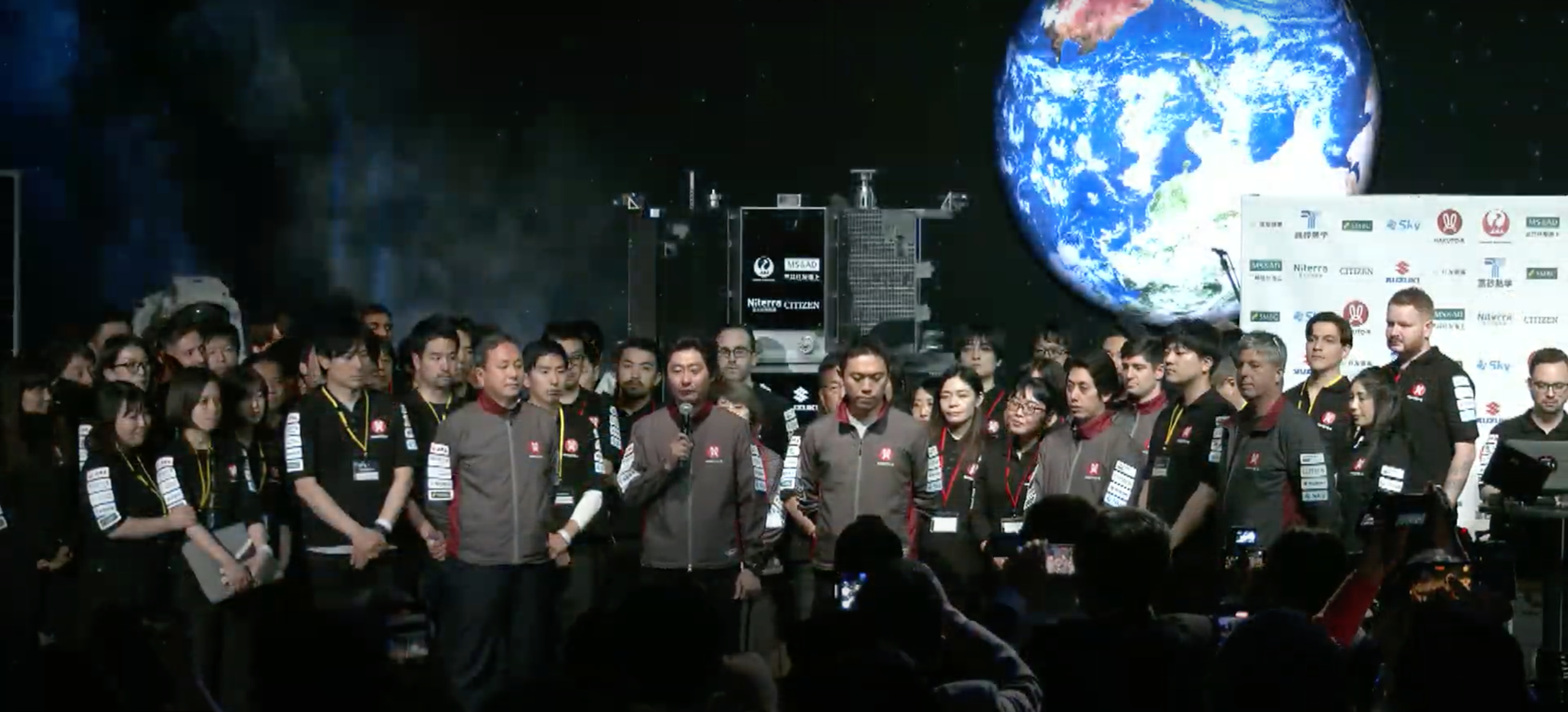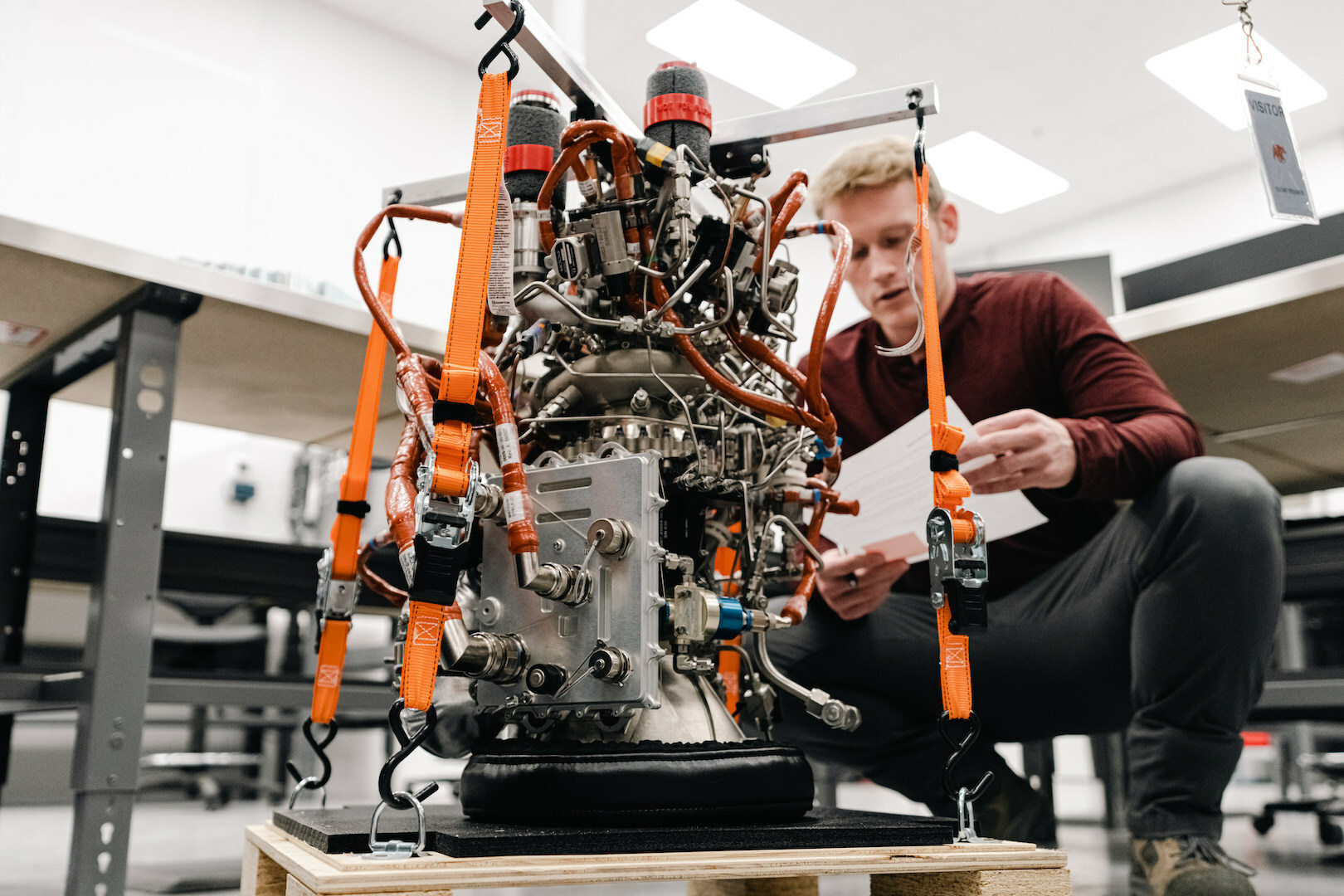Hello and welcome back to Max Q!
In this issue:
- ispace’s lunar lander presumed lost
- Update on Ursa Major
- News from Hydrosat and more
ispace loses contact with lunar lander seconds before touchdown
Japanese company ispace lost communication with its Hakuto-R lander just moments before it was supposed to touch down on the lunar surface, a major blow for what the company hoped would be the first fully private lander to reach the moon.
“At this moment, we have not been able to confirm successful landing on the lunar surface,” ispace CEO Takeshi Hakamada said on the company’s livestream. “Currently, we have not confirmed the communication from the lander. […] We have to assume that we could not complete the landing on the lunar surface.”
He said that ispace engineers will continue to assess the situation and provide an update once that investigation is complete.
In an interview with TechCrunch, Hakamada said that while it is possible that the lander is safe and intact on the surface, there is no data to support that yet and it’s unclear whether imagery from a lunar orbiter could shed light on the situation either.

Image Credits: ispace Hakuto-R landing livestream (screenshot)
Ursa Major’s deal with Astra and new tranche of funding
Rocket engine maker Ursa Major had some big wins: First, it publicly announced news that Astra’s new Rocket 4 launch vehicle will use Ursa Major’s Hadley liquid engine to power its upper stage. Then, I uncovered that the company quietly closed a massive new tranche of funding last October at a $400 million pre-money valuation.
Ursa, led by CEO Joe Laurienti, is building a 5,000-pound liquid oxygen and kerosene engine called Hadley and a much larger, 10x more powerful Ripley engine with a 50,000-pound thrust. The company eschews the vertical integration paradigm that has historically dominated the aerospace industry. Instead, it focuses solely on the engine, one of the trickiest parts of a rocket to develop.
“We really like the notion that we are a technology development company, and the companies that are flying rockets today should not be flying the same engine that they architected for their rocket 10 years ago,” Laurienti told TechCrunch in an interview last year. “That’s the paradigm we see in vertical integration.”
Ursa’s other public customers include small launch companies Phantom Space and Stratolaunch. The company has also scored an engine delivery contract with the U.S. Air Force.

Jordan Forness, Vehicle Operations manager at Ursa Major, reviews a Hadley engine before it ships to Astra. Image Credits: Ursa Major
More news from TC and beyond
- Astra will provide five spacecraft propulsion kits to startup Apex Space’s satellite bus platform. (Astra)
- Astrobotic selected SpaceX’s Falcon Heavy to launch its Griffin lunar lander to the moon in the fourth quarter of this year. (Astrobotic)
- Astroscale secured a loan agreement and opened a new credit line with two separate Japanese banks, each for approximately $22 million. (Astroscale)
- Hydrosat closed on $20 million in new funding to scale its operations, including putting its first two thermal infrared satellites into orbit. (TechCrunch)
- NASA and its partners confirmed they would support operations on the International Space Station through 2030, and Russia agreed to support operations through 2028. Long live ISS! (NASA)
- Quantum Space is accelerating the timeline for launching its Ranger orbital transfer vehicle in response to growing customer demand. (Space News)
- SpaceX’s Starship orbital flight test scattered debris over hundreds of acres and coated a nearby town in dust. (Bloomberg)
- The U.S. Space Force agreed to lease Space Launch Complex 6 to SpaceX for Falcon launches. (USSF)
Max Q is brought to you by me, Aria Alamalhodaei. If you enjoy reading Max Q, consider forwarding it to a friend.
